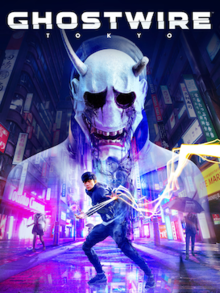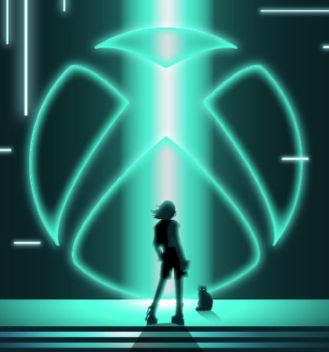

If you've ever wanted to roam the haunted streets of Tokyo while battling evil spirits and simultaneously figuring out your own family drama, then *Ghostwire: Tokyo* is the game for you. It's like a Japanese horror film meets your family's Thanksgiving dinner – full of supernatural elements, emotional turmoil, and just slightly raised eyebrows. But does it deliver a punch that will leave you breathless or is it more like a light tap from a friendly ghost? Let’s dive deeper into the paranormal fray!
Gameplay is delivered in a nice first-person perspective, allowing players to interpret Akito’s (our protagonist, who has the bad luck of being possessed by a ghost named KK) emotional struggles and supernatural encounters. Combat consists primarily of deft hand gestures mirroring those of *kuji-kiri*, turning your living room into a makeshift dojo. While it aims for a blend of karate and magic (which sounds perfectly normal), the combat can feel more like a mundane magic show gone wrong at times. Think card tricks that only impress your five-year-old cousin... if they wrote something down on a sharpie in crayon afterward. As Akito, your powers let you blast away visiting spirits (not the kind that show up at your door wanting to chat about their distant relatives, mind you) and each villain has a core that when exposed, you can wipe out with a satisfying takedown move. There’s a skill tree to navigate, but fair warning: deep conversations are the only branching paths you’ll encounter. Side missions offer a reprieve from the main saga and reward the player with collectibles and items to beef up Akito’s supernatural abilities while coppery providing glimpses into Tokyo’s rich folklore. Just keep an patience for exploration—every corner hides a side quest that will either surprise or annoy you, depending on your mood.
Visually, *Ghostwire: Tokyo* is a treat for the eyes! The art successfully merges the horror elements with an urban landscape to create an ethereal atmosphere, making Tokyo appear both vibrantly alive yet eerily empty (no traffic jams? It must be a ghost town!). Character design pulls off the spirit world with a blend of the macabre and the oddly whimsical; just when you think you're battling a horrible apparition, you realize they may have just lost a porcelain doll in the flooding a while back. Rendered beautifully in Unreal Engine 4, the graphics deliver on every aesthetic, making you feel like you’re wandering through a beautifully warped painting as you weave your way through Tokyo.
In conclusion, *Ghostwire: Tokyo* offers an engaging blend between heartfelt storytelling and supernatural chaos. Our lovable protagonist Akito struggles with loss while facing hordes of spooky spirits – it’s like an after-school special, but with more ethereal monsters and fewer awkward lessons about feelings. The essence of the narrative holds weight, whilst the gameplay feels like it could use a bit more spice. For a game that redefined horror/action in an urban setting, it manages to loop you into a maze of emotion with combat that sometimes feels just a tiny bit stale. If you fancy a thrilling supernatural jaunt through Tokyo, buckle up—*Ghostwire: Tokyo* is waiting. Just don’t forget your spiritual hand sanitizer; you’ll need it.






